BHG - In the period of 2022 - 2024, the province's multidimensional poverty rate decreased sharply (down 18.77%) which is a vivid proof of the efforts and determination of all levels, sectors and localities in implementing the National Target Program (NTPP) for sustainable poverty reduction. The synchronous and substantial implementation of poverty reduction programs and policies has created resources for the people of the rocky region to rise up and integrate into the new era of the nation.
Part 1: The numbers "talk"
The Resolution of the 17th Provincial Party Congress, term 2020 - 2025, sets out to reduce the poverty rate by 4%/year; striving to become a province with fairly developed socio-economic conditions in the Northern midland and mountainous region by 2030. During the past term, the province has implemented many policies to reduce poverty quickly and sustainably, associated with agricultural and rural development. Thereby, the mechanisms and policies have truly entered life, arousing internal strength, and comprehensively changing people's lives.
Light up the villages
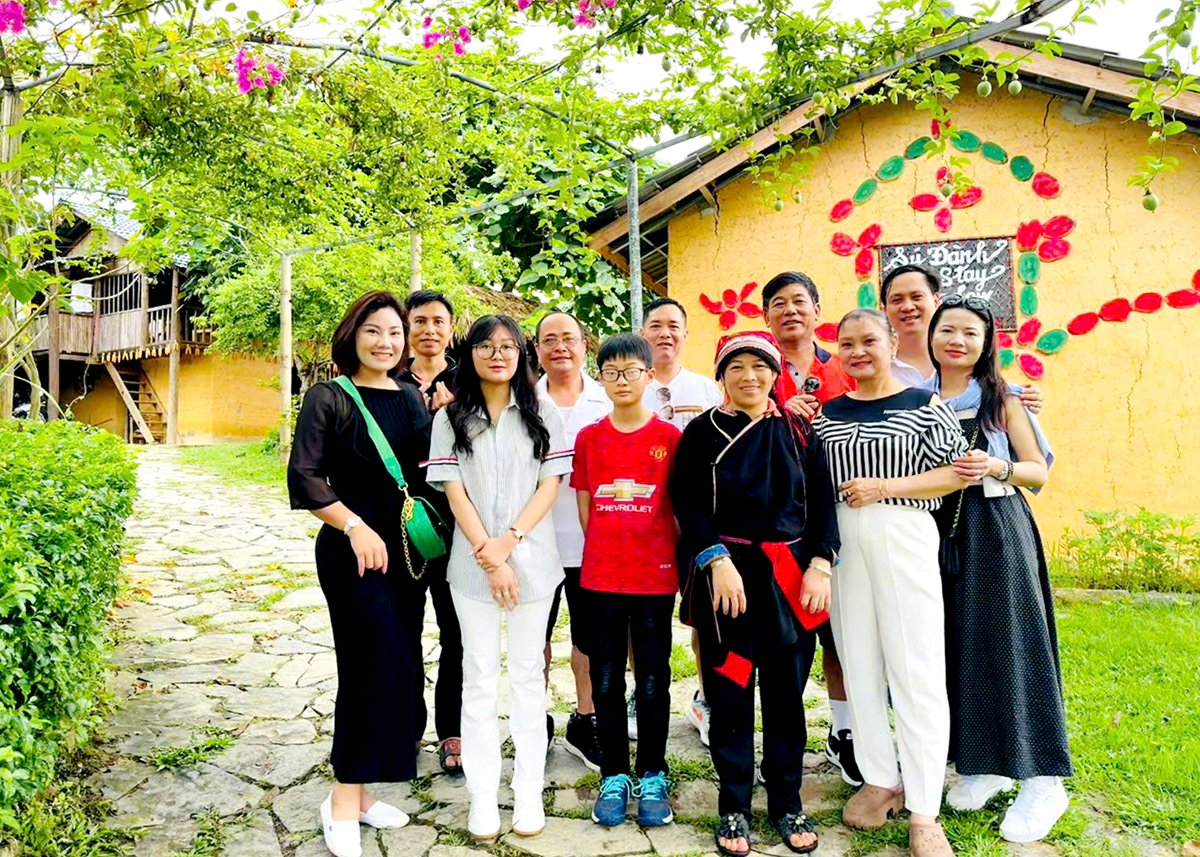 |
| Tourists visit the Nam Dam Community Cultural Tourism Village, Quan Ba Commune (Quan Ba). |
With the participation of the entire political system, poor districts and particularly difficult areas of the province have increasingly changed in the journey of poverty reduction. Notably, the remote commune of Sung Thai (Yen Minh) is prominent. Thanks to maximizing investment resources of the National Target Programs (NTPs), the locality has implemented many solutions to help people overcome poverty, contributing to the overall socio-economic development results of the district. Comrade Chao Van Vinh, Chairman of the People's Committee of Sung Thai commune, said: The NTP is implementing the sustainable poverty reduction program with high determination, following the motto: "Right target, right target, effective, no loss". From the support resources for the period of 2022 - 2024 of over 13.6 billion VND, the commune focuses on implementing 10 projects related to livelihood diversification, investment in essential infrastructure, development of agricultural and forestry production; Solving the shortage of residential land, housing, production land, domestic water... Along with that, paying attention to vocational education, every year in the area there are about 200 people working outside the province, vocational training for about 150 people, exceeding 400% of the assigned target.
Once the most difficult locality of Yen Minh district with the Mong ethnic group accounting for 99.9%, Sung Thai commune is now increasingly beautiful and full of vitality with many effective livelihood models, people's lives are prosperous and have proactively promoted internal strength to escape poverty. The multidimensional poverty rate of the commune has maintained a decrease of 6%/year, in the period of 2022 - 2024, the commune has reduced 98 poor and near-poor households (down 24%).
Tinh village, Xuan Giang commune (Quang Binh) is a village with over 95% of Tay ethnic people living, with 169 households and 794 people. Under the direct leadership of the Party cell and the exemplary role of Party members, life has improved significantly, with no more poor or near-poor households and is preparing to "reach the finish line" of the New Rural Village. Sharing his experience in poverty reduction, Deputy Secretary of Tinh village, Hoang Van Lam, said: In 2024, we have completely eliminated poor or near-poor households in the area. In addition to closely mobilizing households not to wait or rely on the State, the village encourages people to rise up and develop their own economy through projects supporting career conversion, production, and livelihood diversification.
Oriented to be a "comprehensive development village", Tinh villagers, especially poor and near-poor households, exploit the advantages of land, climate, and irrigation to transform the structure of crops and livestock. Currently, the village maintains commercial pig, goat, buffalo, and poultry farming in the direction of farms, establishing interest groups to create linkages. At the same time, it has expanded nearly 85 hectares of economic forest area, maintaining rice, corn, and peanut cultivation. By 2025, the village will have no more poor or near-poor households, and the material and spiritual life of the people will be increasingly improved. The average income will reach 61 million VND/person/year, with the proportion of well-off and rich households accounting for 32.5%.
As a village with 100% Dao ethnic people living, in 2011, Nam Dam village, Quan Ba commune (Quan Ba) transformed itself with a typical cultural tourism village model associated with the construction of the New Rural Area. Up to now, the village has 39/68 households providing homestay services, in 2024 alone, the village attracted over 2,100 visitors, with a revenue of over 2 billion VND, creating regular jobs for over 150 workers. Nam Dam was also honored to receive the ASEAN Award for Community Tourism and achieved the title of 4-star OCOP Community Cultural Tourism Village. From a barren, difficult village, Nam Dam now has only 5 poor and near-poor households and has become a locality with great potential to attract investment.
Correct policy - people agree
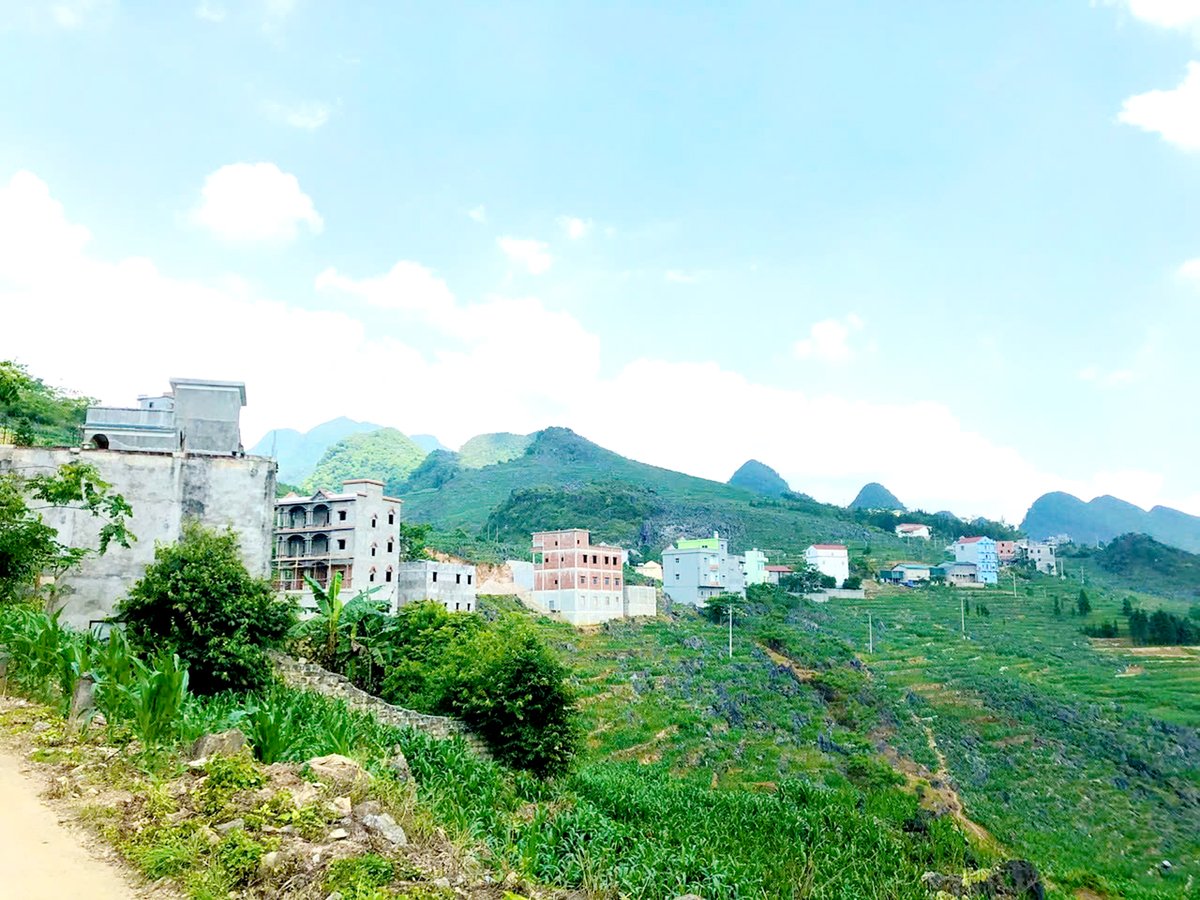 |
| New look of remote border commune Phu Lung (Yen Minh). |
Identifying poverty reduction as a major policy of the Party and State, an important and continuous task of the entire political system and society, our province has issued and implemented many strategic, "correct" and "accurate" decisions to reduce poverty quickly and sustainably. Party committees and authorities at all levels have focused on leading and directing the effective implementation of the National Target Program on Sustainable Poverty Reduction, period 2021 - 2025. The direction and operation work has been carried out consistently; departments, branches and localities have strengthened coordination in implementing projects and sub-projects with the participation of the entire political system, receiving great consensus among the people.
Comrade Do Tan Son, Deputy Director of the Department of Agriculture and Environment, said: In recent times, the province has issued many programs, decisions, and specific plans to implement the National Target Program on Sustainable Poverty Reduction and directed localities to implement the motto of 3 clear: Clear people, clear work, clear results. In addition to implementing central policies, the province has issued many specialized resolutions to improve livelihoods, renovate mixed gardens; develop high-quality agricultural products according to the value chain. In particular, actively implement programs to eliminate temporary housing, ensure social security, and create conditions for people to borrow policy credit to escape poverty.
In the period of 2021 - 2024, the province is allocated 2,979,343 million VND of medium-term investment capital and public funding to implement the National Target Program on Sustainable Poverty Reduction. In particular, focusing on implementing projects and sub-projects to support investment in developing socio-economic infrastructure, transportation, electricity, schools, healthcare, and domestic water. Notably, the sub-project to support Quan Ba and Bac Me districts to escape poverty and extreme difficulties with a budget of 199,389 million VND of development investment capital has started construction of 4 regional traffic connection works; 19,357 million VND of public funding for maintenance and repair of 2 traffic works. Along with that, in 7 poor districts, livelihood diversification has been implemented, 607 poverty reduction models proposed by the community have been developed, with 15,420 poor and near-poor households benefiting.
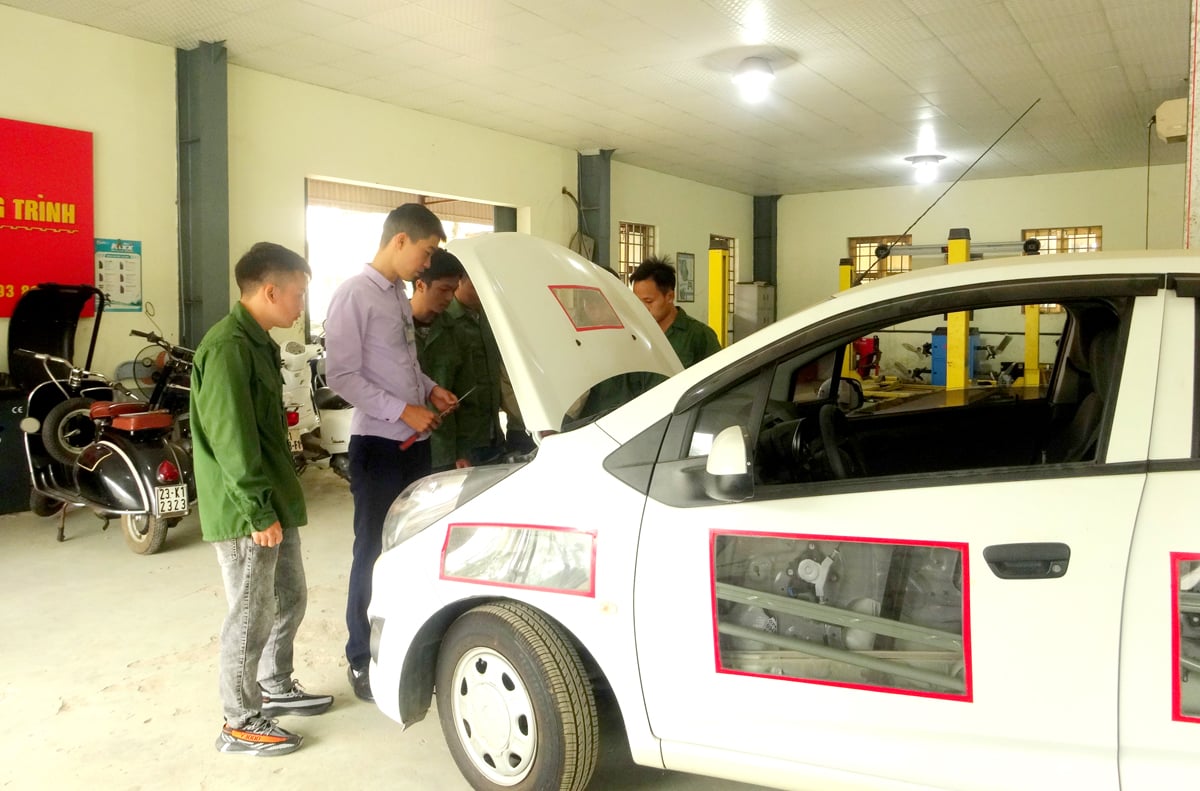 |
| Vocational training at the Provincial College of Engineering and Technology. |
Vocational training associated with job creation is identified by the province as an important strategy for people to stabilize their livelihoods and escape poverty. In the 2021-2024 period, localities opened 411 elementary vocational training classes with more than 14,374 participants, mainly poor workers. The province has well implemented policies to support workers going to work abroad with a total budget of over 4.3 billion VND; invested 5.9 billion VND to upgrade infrastructure, modernize the labor market information system, and establish an online job exchange. During the period, the province created jobs for 112,000 workers; of which, 36,282 people worked locally, 75,718 workers went to work outside the province and were exported.
The province mobilized nearly 3,000 billion VND from the central and local budgets and socialized sources to implement poverty reduction programs, support vulnerable groups, disadvantaged areas and ethnic minorities. Notably, it has built and repaired over 33,300 houses for poor households and policy beneficiaries; issued over 785,000 health insurance cards/year; enhanced improvement and provision of nutrition counseling services for mothers and children. Policy credit capital also contributed significantly to poverty reduction. The Bank for Social Policies, Ha Giang Branch, maintained lending to 19 credit programs for poor households and policy households; during the period, there were 94,079 customers borrowing capital, with total outstanding loans reaching 5,449 billion VND.
With great efforts and determination, Ha Giang is highly appreciated by central ministries and branches in poverty reduction work. In the period of 2022 - 2024, the multidimensional poverty rate of the whole province decreased from 55.12% to 36.35%, down 18.77%, reducing 33,876 multidimensional poor households. In particular, the multidimensional poverty rate of ethnic minorities decreased from 63.31% to 40.70%, equivalent to a reduction of 32,846 multidimensional poor households. It is estimated that in 2025, the province will continue to reduce the multidimensional poverty rate by 4.7%, exceeding the target assigned by the Government to the province and the Resolution of the Provincial Party Committee of an average reduction of 4%/year. Along with that, the main indicators of the poverty reduction program have also changed clearly such as: Average GRDP growth rate reached 6.0%; economic and labor structure has shifted positively; The rate of trained workers reached 61.2%...
The impressive figures in poverty reduction reflect the efforts of Party committees and authorities at all levels and the determination of people in the “core poor” areas of the country to escape poverty. However, with the characteristics of a mountainous border province, rugged terrain, and fragmented traffic, the journey of sustainable and inclusive poverty reduction in Ha Giang still faces many challenges and barriers.
-----------------
Part 2: Poverty reduction is rapid but not sustainable
Article and photos: PV GROUP
Source: https://baohagiang.vn/kinh-te/202504/tap-trung-giam-ngheo-vung-buoc-vao-ky-nguyen-moi-ky-1-nhung-con-so-biet-noi-b4909e9/



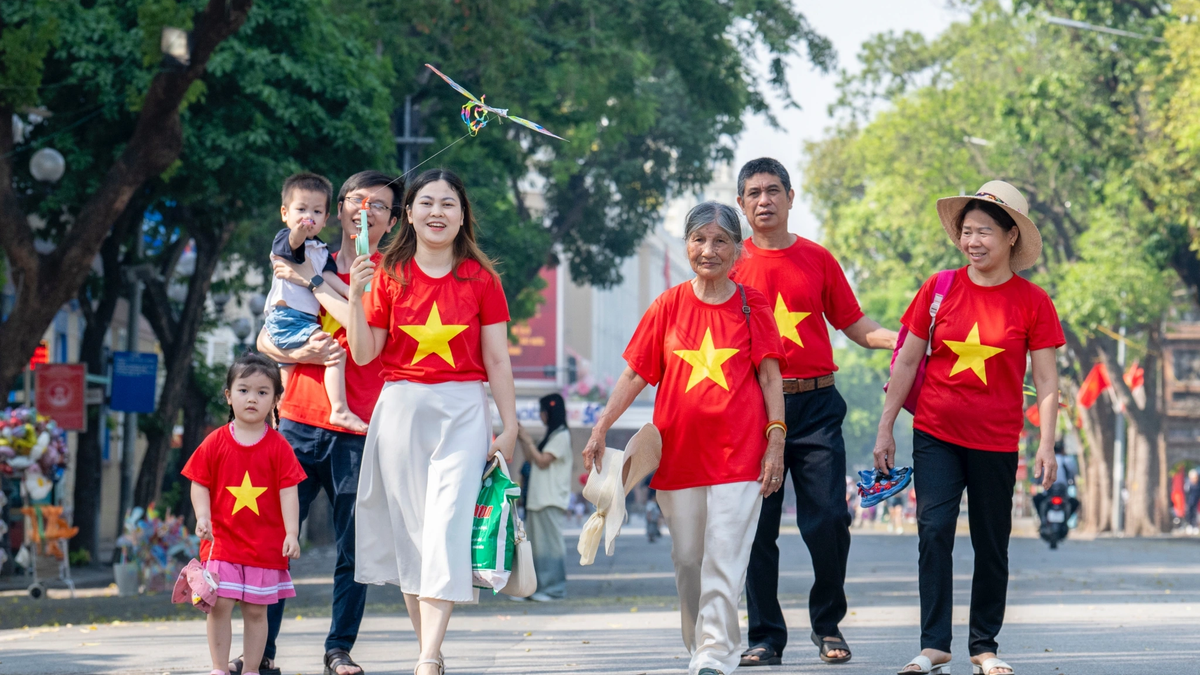

![[Photo] Bustling construction at key national traffic construction sites](https://vphoto.vietnam.vn/thumb/1200x675/vietnam/resource/IMAGE/2025/5/2/a99d56a8d6774aeab19bfccd372dc3e9)


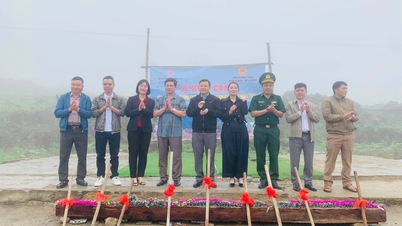




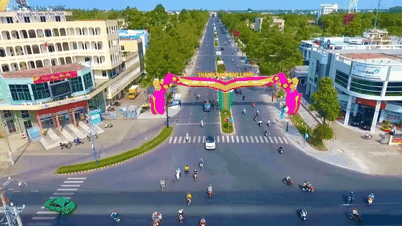




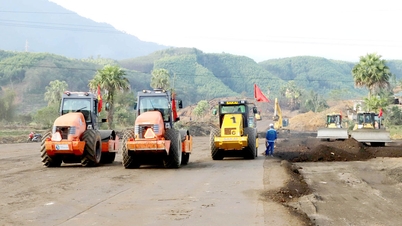

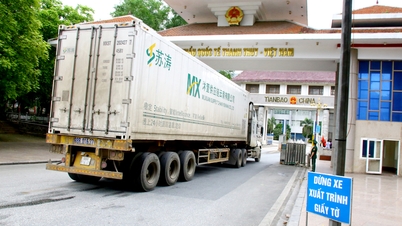


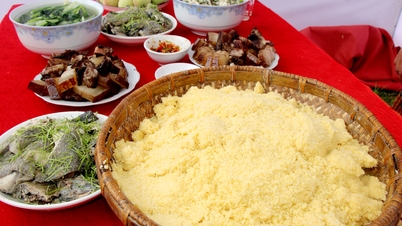
![[Photo] "Lovely" moments on the 30/4 holiday](https://vphoto.vietnam.vn/thumb/1200x675/vietnam/resource/IMAGE/2025/5/1/26d5d698f36b498287397db9e2f9d16c)

![[Photo] Binh Thuan organizes many special festivals on the occasion of April 30 and May 1](https://vphoto.vietnam.vn/thumb/1200x675/vietnam/resource/IMAGE/2025/5/1/5180af1d979642468ef6a3a9755d8d51)








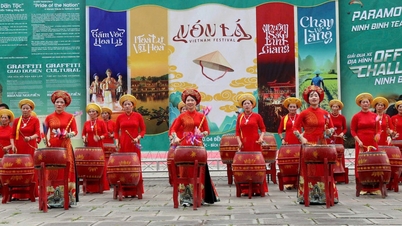

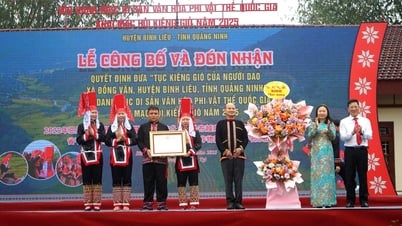
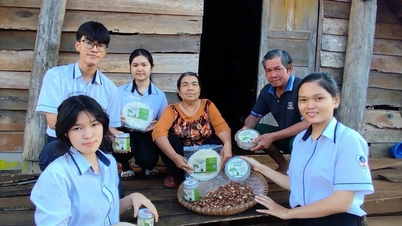





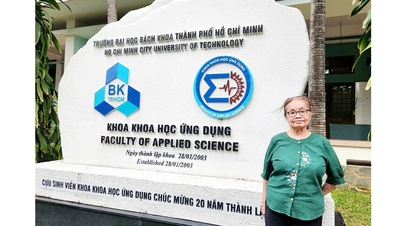

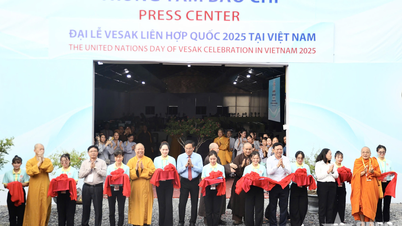











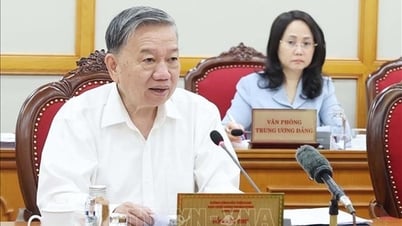

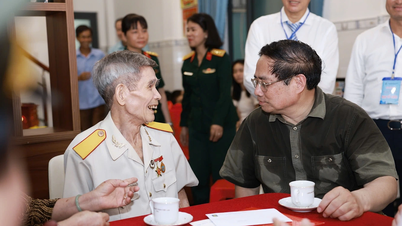






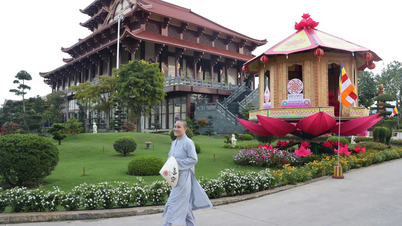












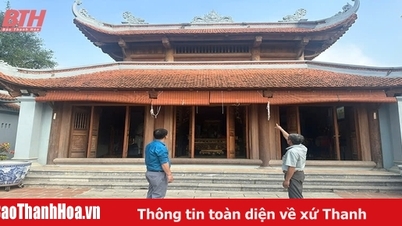













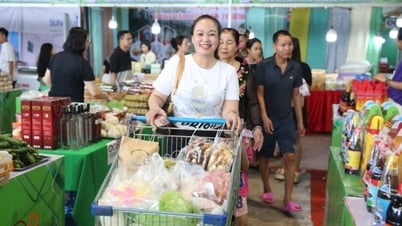
Comment (0)